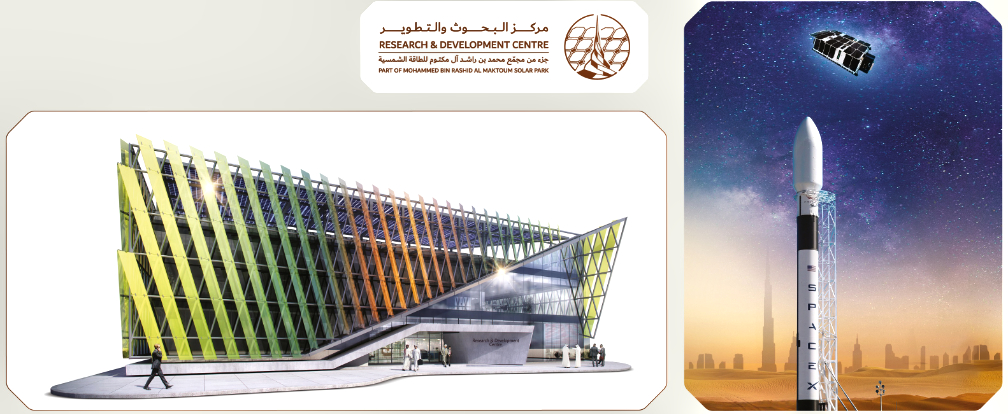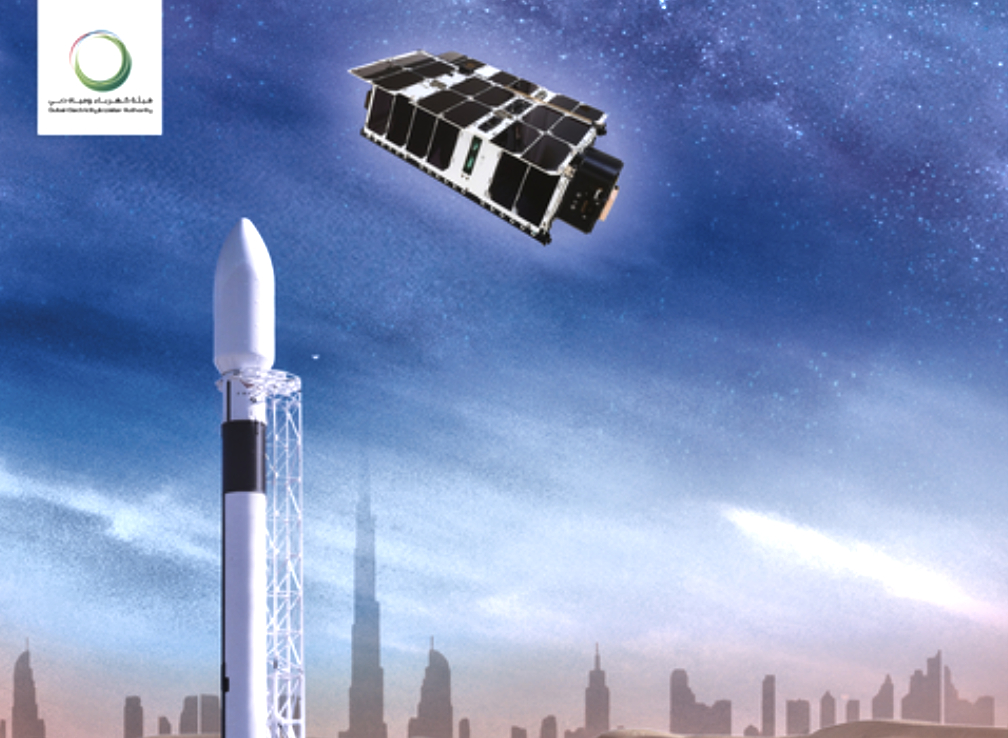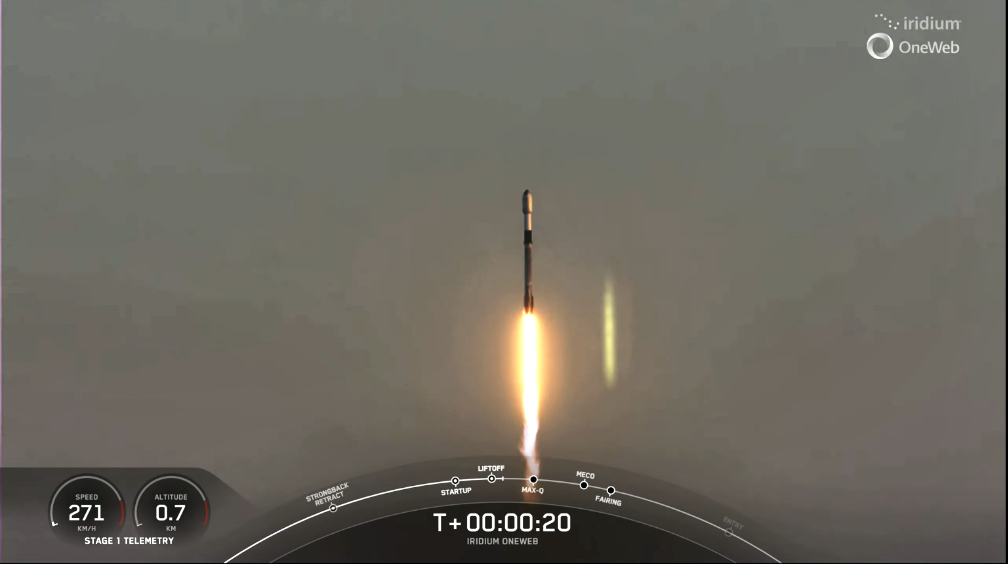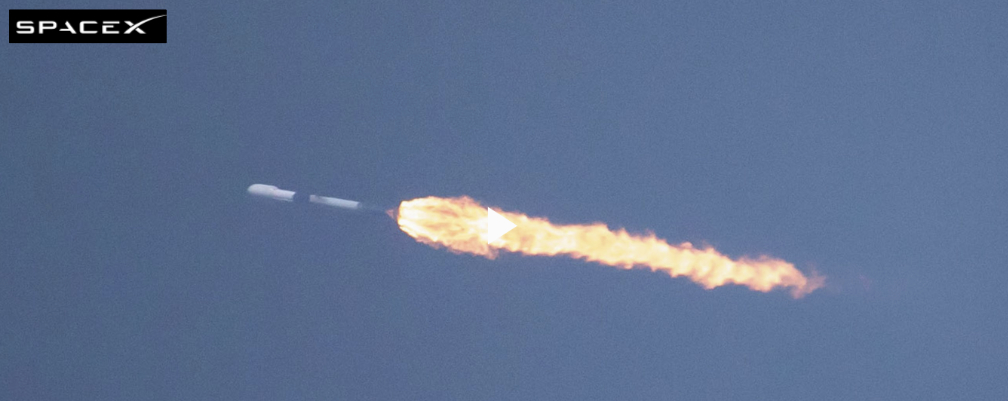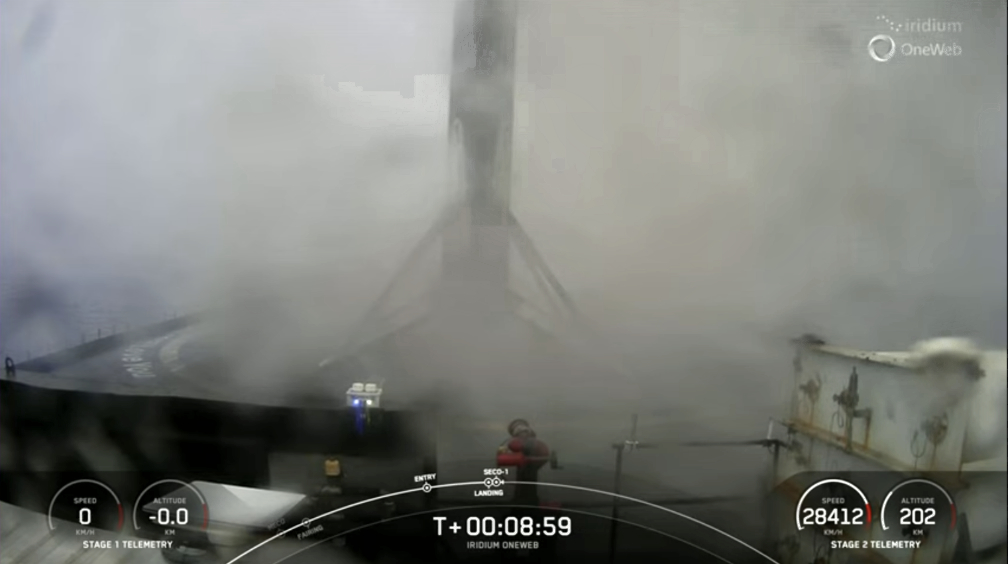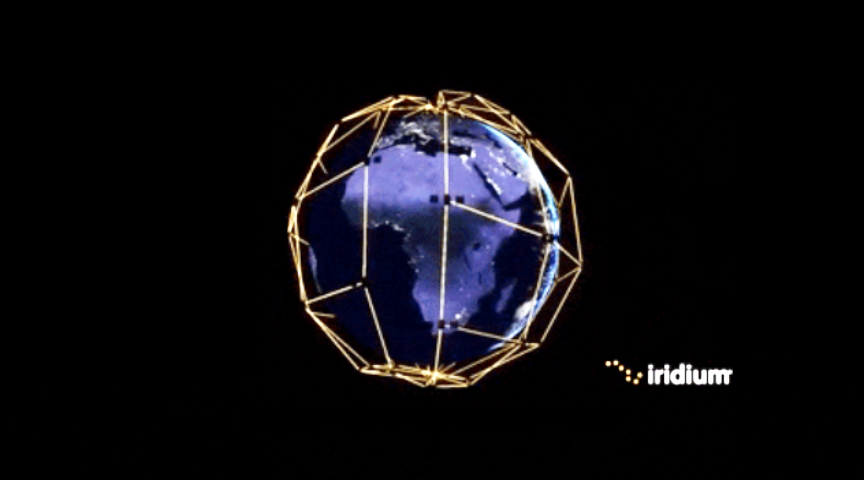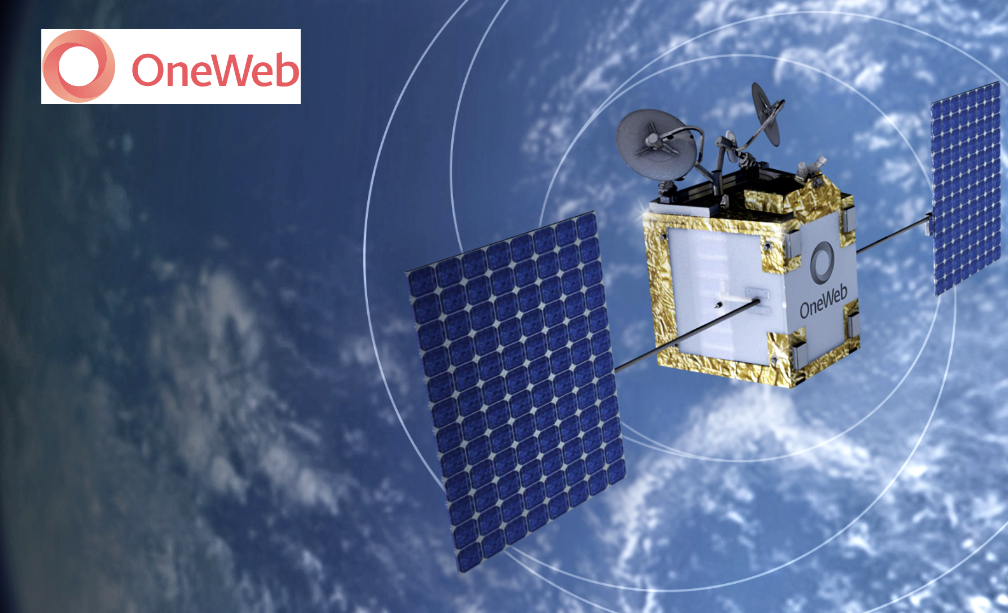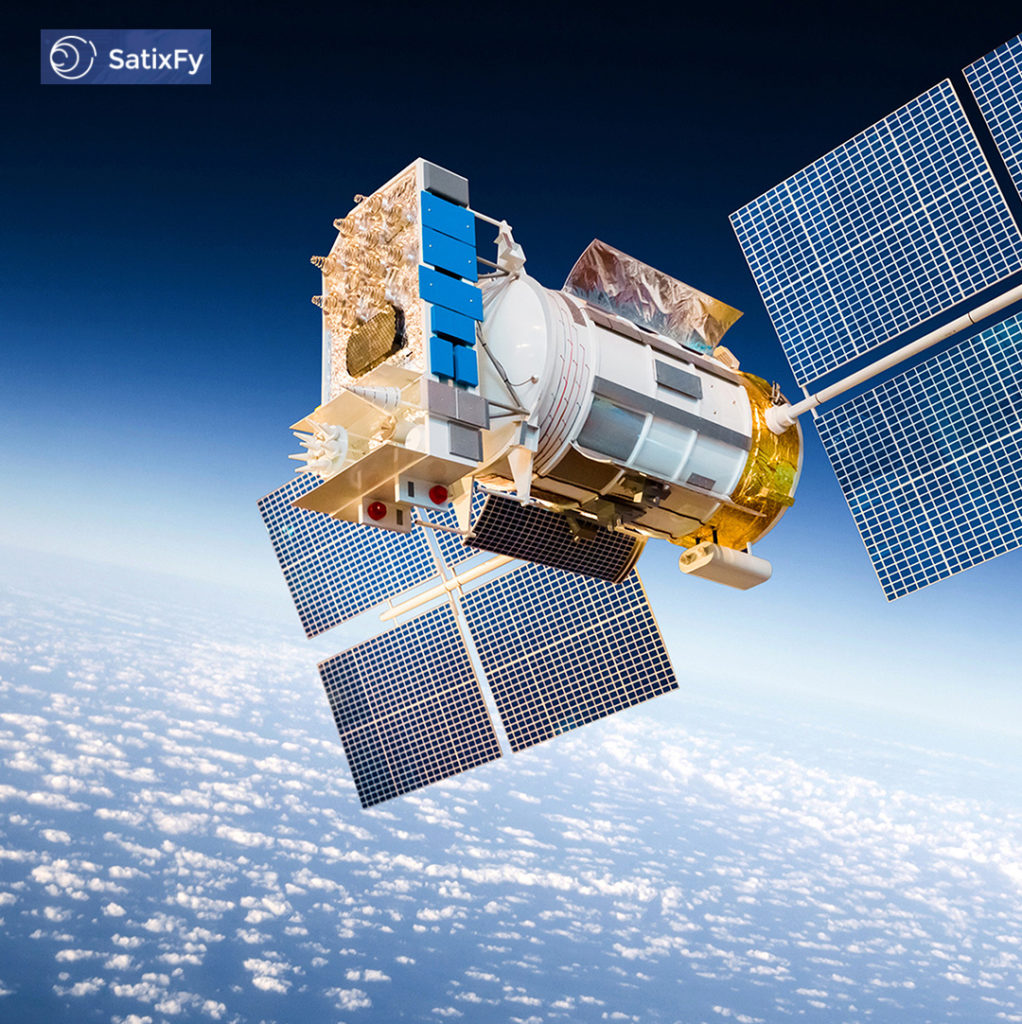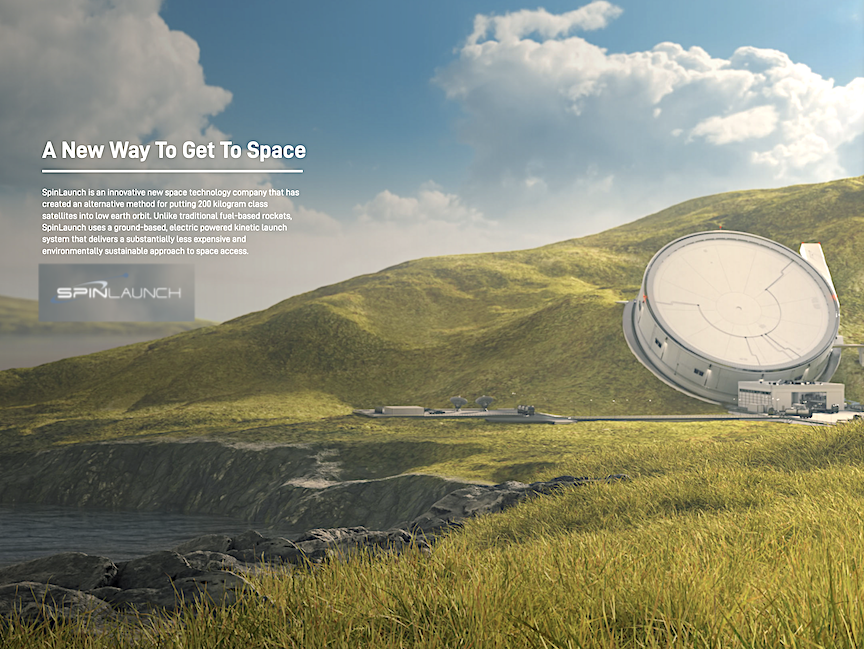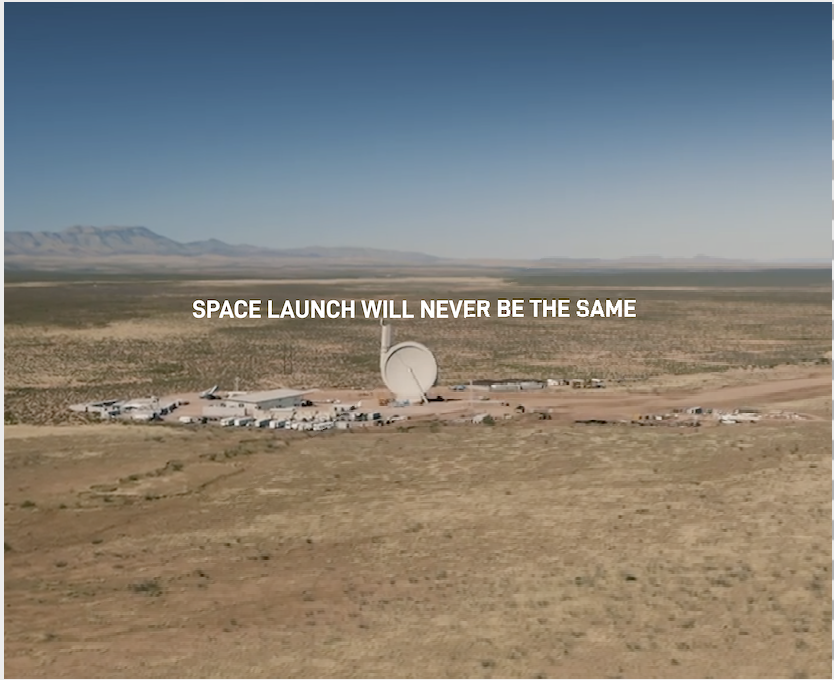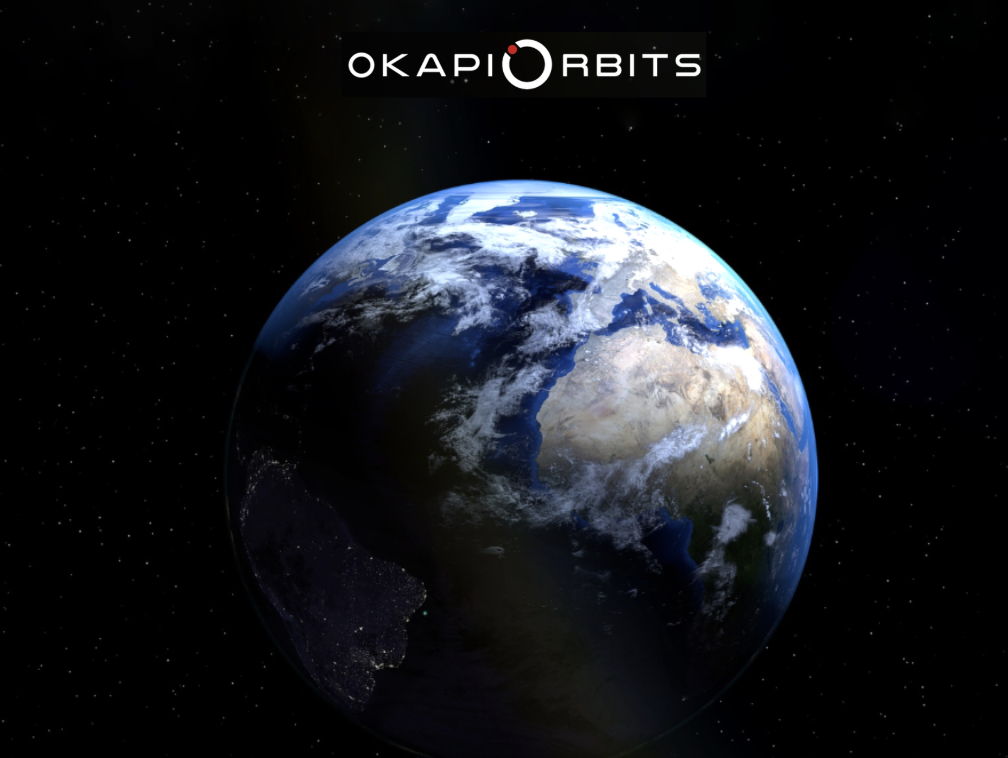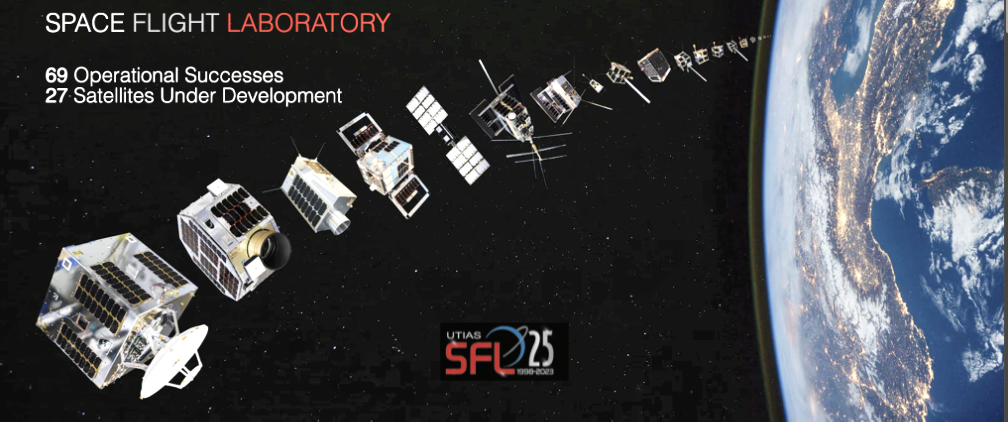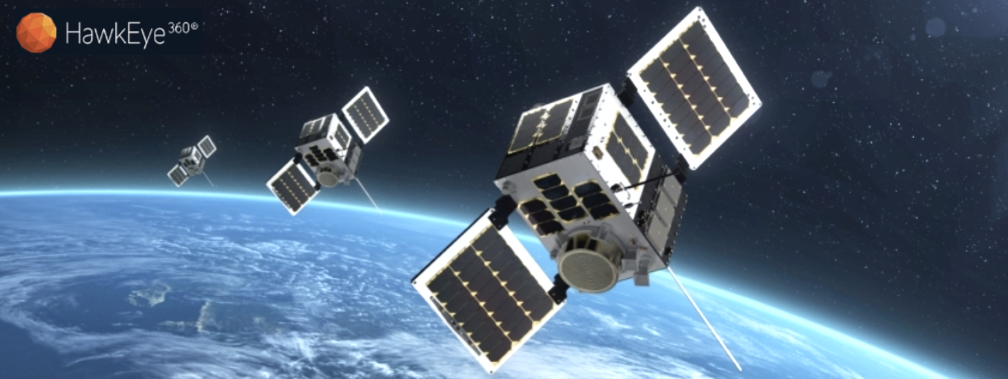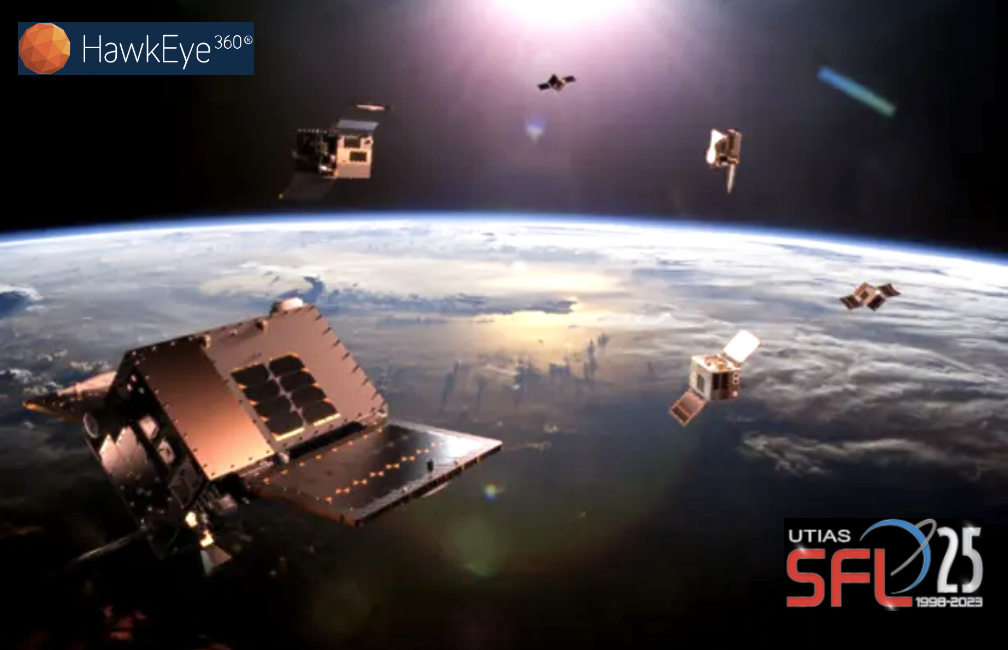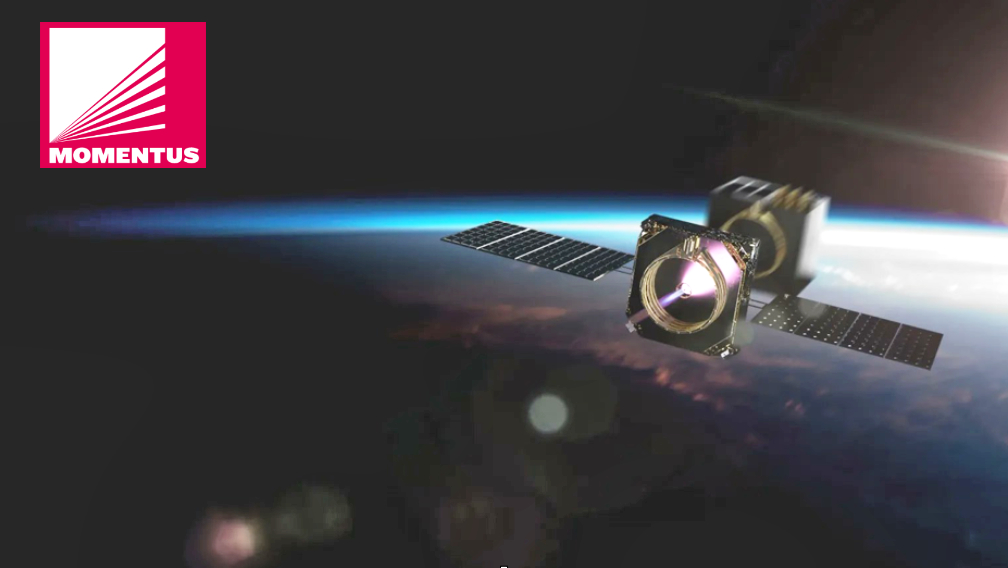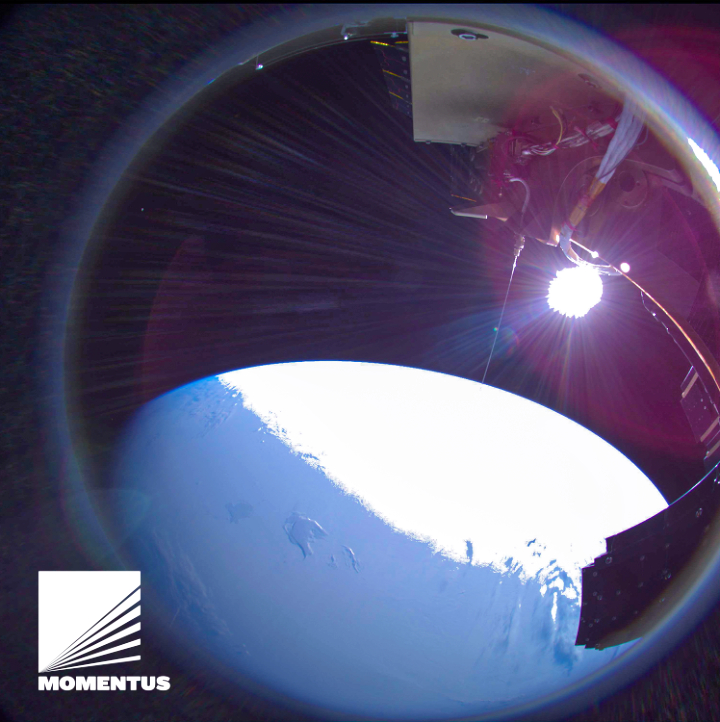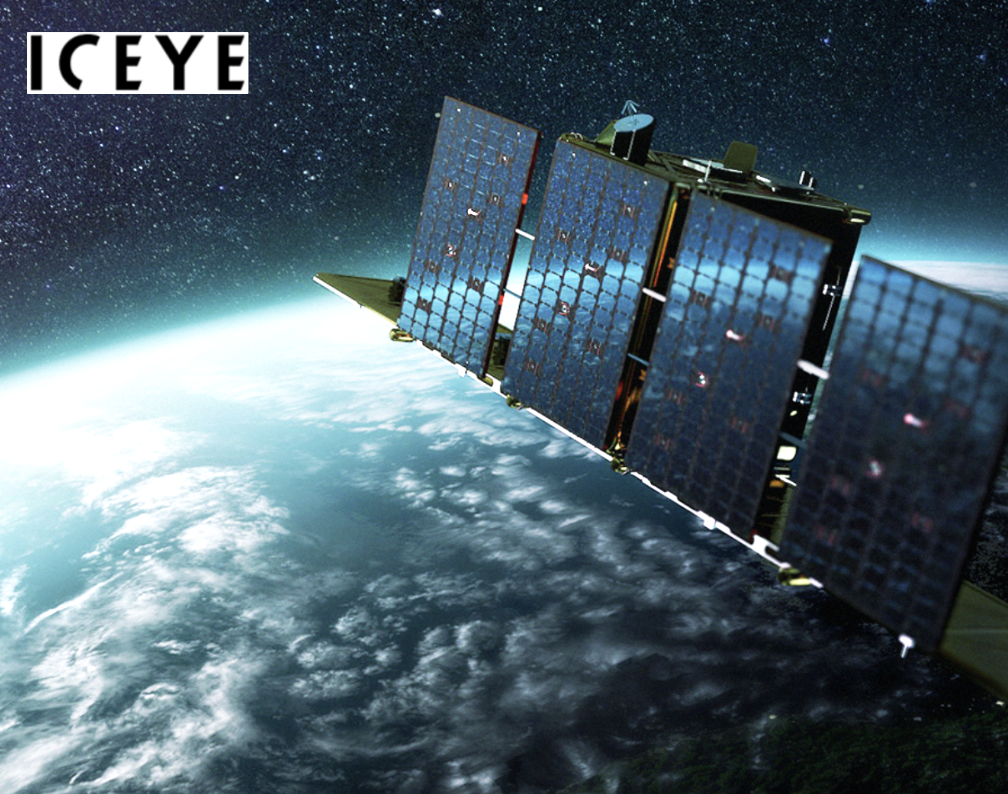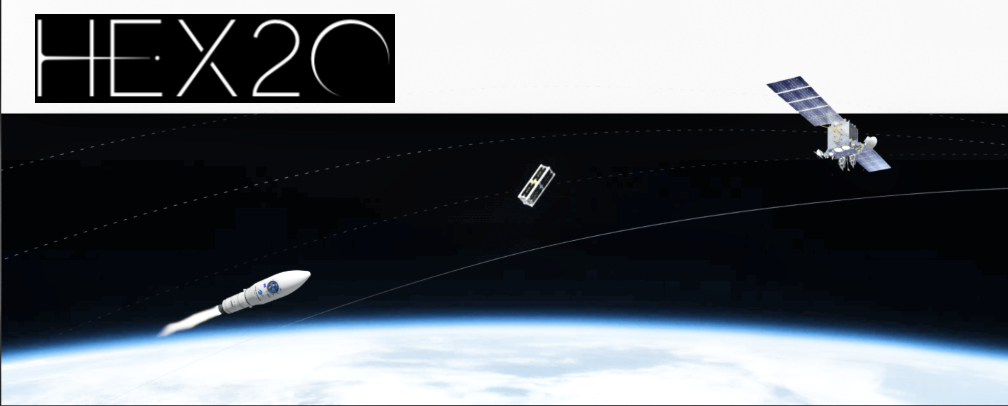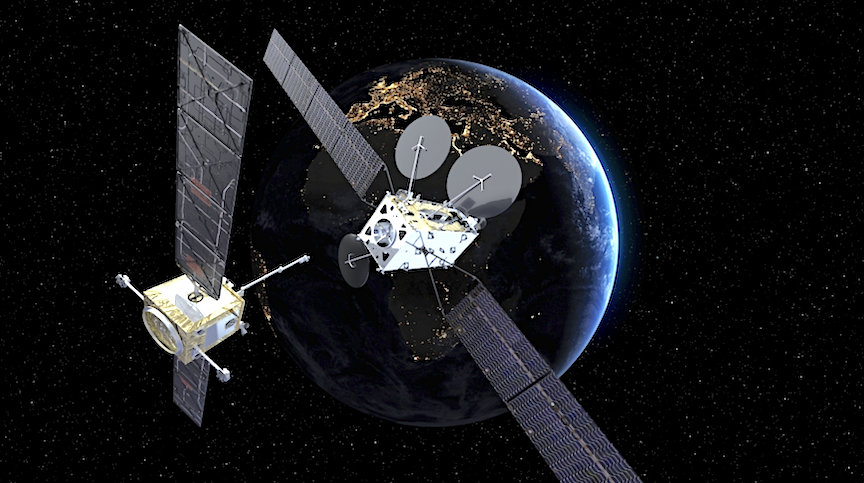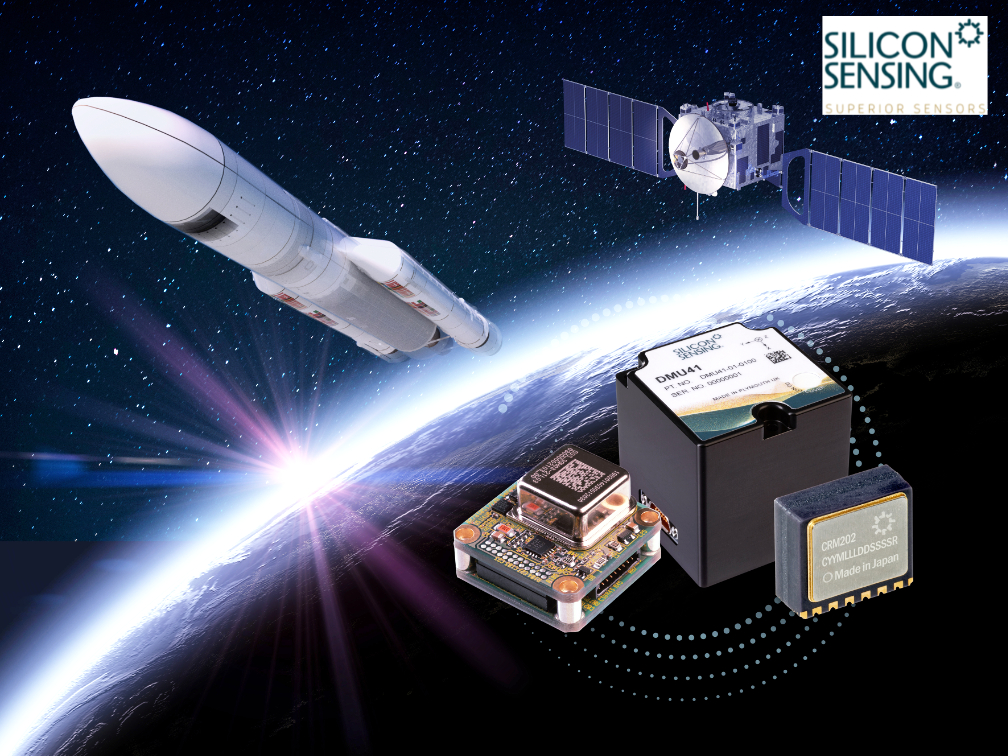
With the market for smallsats predicted to grow consistently throughout this decade, the critical target for all suppliers remains to increase the performance and resilience of products whilst reducing their size, weight and power consumption (SWAP).
Inertial products being promoted by the Silicon Sensing team at this year’s Space-Comm are clear evidence of the level of progress the company has already made across all these parameters.

Each of the company’s non-ITAR MEMS (micro electro-mechanical systems) inertial products offers an effective alternative to equivalent, but far heavier and less robust, fiber optic or dynamically tuned gyro-based devices. Each offers ultra-reliable, sustained performance in this most severe operational environment.
On display on the stand at Space-Comm will be:
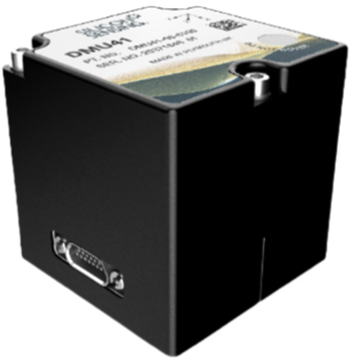
- The DMU41, a 9 degrees of freedom (DoF) inertial measurement unit (IMU). This is the highest performing silicon IMU available on the market today. Extremely compact, with low power consumption, it is ideal for small satellite positioning and navigation – as well as for installation in satellite launch vehicles.
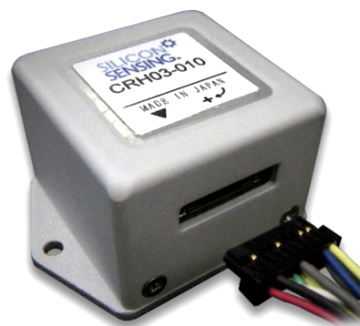
- The CRH03 is a stand-alone gyro delivering precise inertial sensing performance that is extremely stable over time and temperature. Small, lightweight and rugged, with low power consumption and proven performance, CRH03 is also suited to satellite navigation and positioning tasks as well as to installation in inertial navigation units. CRH03 is available in both a housed and OEM configuration.
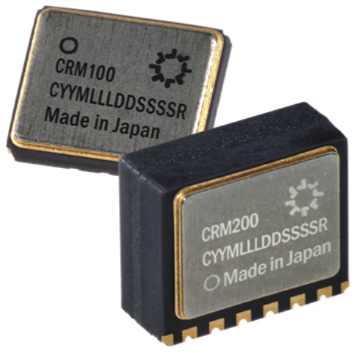
- The PinPoint® gyro is only the size of your smallest fingernail (approx. 5mm x 6mm) gyro and yet delivers on performance, reliability and price. Available in both flat and orthogonal mounts, this gyro is applicable to many applications and is already proven in satellite balancing roles.
“As space becomes a more crowded environment – for example, with the approval and launch of new proliferated LEO satellite constellations – the systems and sensors used to control and balance these satellites must be able to maintain full functionality in what is an increasingly hectic, even hostile, environment – whilst delivering on SWAP. Our latest inertial systems and sensors set new standards in terms of their ruggedness, capability, size and cost. These are unprecedented times in the space sector as year by year we develop technologies that further extend frontiers and expand what is possible. We look forward to discussing new opportunities with the market at this year’s Space-Comm.”
— David Somerville, General Manager, Silicon Sensing
About Silicon Sensing Systems
Silicon Sensing Systems Ltd. is the market leader in silicon MEMS gyroscopes, accelerometers, and inertial measurement systems, specializing in high performance, reliability, and affordability. The company has delivered over 25 million MEMS sensors to thousands of customers worldwide and has a heritage in inertial sensing that can be traced back over 100 years. All today’s inertial sensors and systems are based on in-house, patented designs which are manufactured in Silicon Sensing’s state of the art MEMS foundry.

